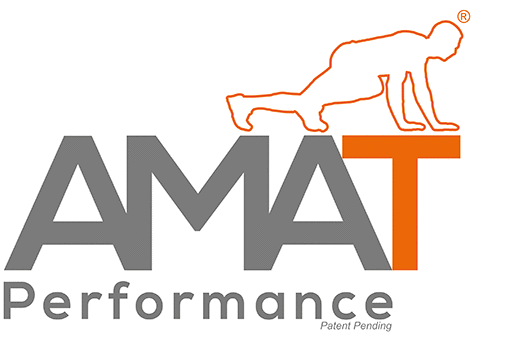Pre-Participation or Return to Play
Movement screening gives us as practitioners the ability to evaluate movements that we deem important to our sport(s). Common aspects and similarities of movements occur in many athletic activities. For that reason, movement screening tends to assess general movement patterns or skills that underpin, or could transfer into, more specific athletic or sporting skills. We can then understand whether an individual has the necessary level of movement competency to complete the tasks we set them and to a greater extent, assesses their readiness to participate or return to participation in sport.
Correct Dysfunctional Movement
As many sporting skills have a similar basis or underpinning mechanisms to derive the force, direction, or speed of movement required (dynamic correspondence), fundamental movements or patterns are usually assessed as opposed to a more specific closed chain sporting skill. Looking at an entire movement as a whole rather than one area allows us to identify not just a “weak link”, but also how an individual may be compensating, trying to achieve function – through dysfunction. This allows us to then individually tailor an individual’s training in an attempt to overcome these deficiencies and improve their movement skills.
Highlight Injury Risk
Theoretically better movement skills should transfer into better execution of specific athletic skills and improved performance. The added quality of movement should also make participation in sport and exercise safer through a potentially decreased risk of injury, although it should be noted that movement screening has not been shown as a predictor of injury, but rather can be used effectively to highlight potential injury risk factors.
